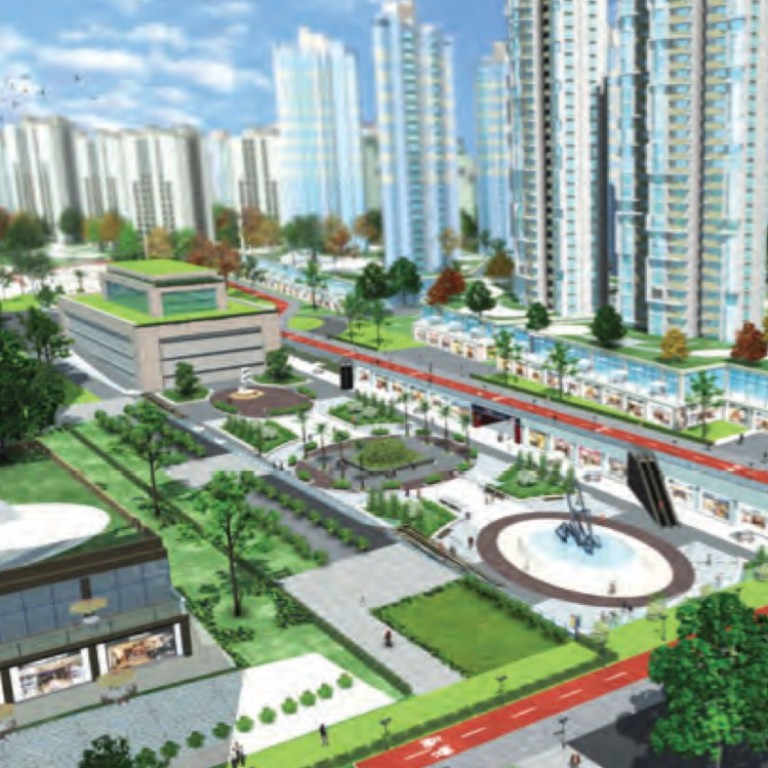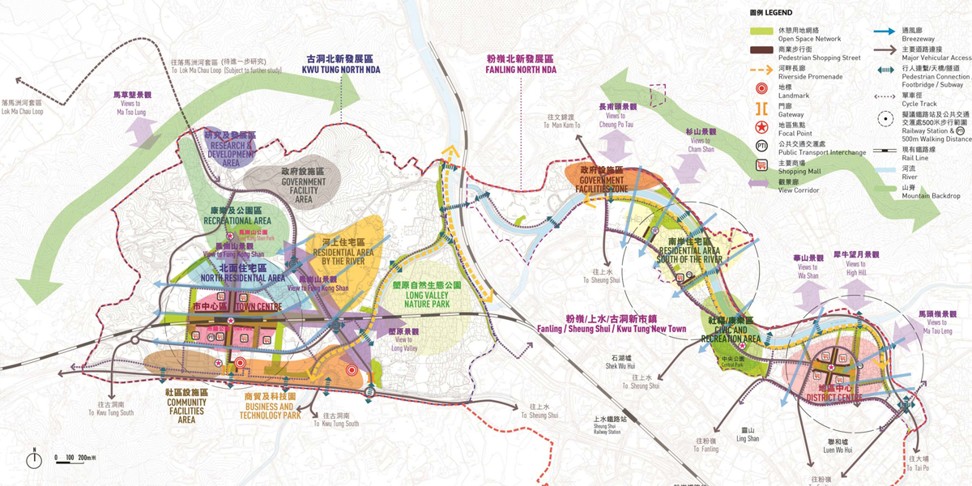
Letters | Hong Kong MTR should build proposed Northern Link to serve new towns in the New Territories
- There’s no time to lose, with work on Kwu Tung and Fanling new development areas set to begin. Without the rail link, expect worse traffic jams towards downtown
Given the chronic shortage of land and housing in Hong Kong, and exorbitant rents for private homes, the two new areas would without doubt be key sources of land and housing supply in the medium to long term.
However, major development projects like these could encounter many challenges, one of which is the provision of adequate public transport. According to the government, the first batch of people will start moving into these two new areas in 2023 and, by the time development is completed, we expect to see a total of 190,000 residents living there, or almost 2.4 times the size of the population in Aberdeen on Hong Kong Island.
If road-based transport still remains the only means for residents to commute, this will lead to considerable pressure on the roads and highways in the Northeast New Territories.
Furthermore, the 2014 strategy points to the potential viability of extending the Northern Link to Fanling North. If this were the case, I urge the government and the MTR to start reviving this strategic rail line in advance of the full development of Kwu Tung North and Fanling North.
Ken Chu, group chairman and CEO, Mission Hills Group; national committee member, Chinese People’s Political Consultative Conference


